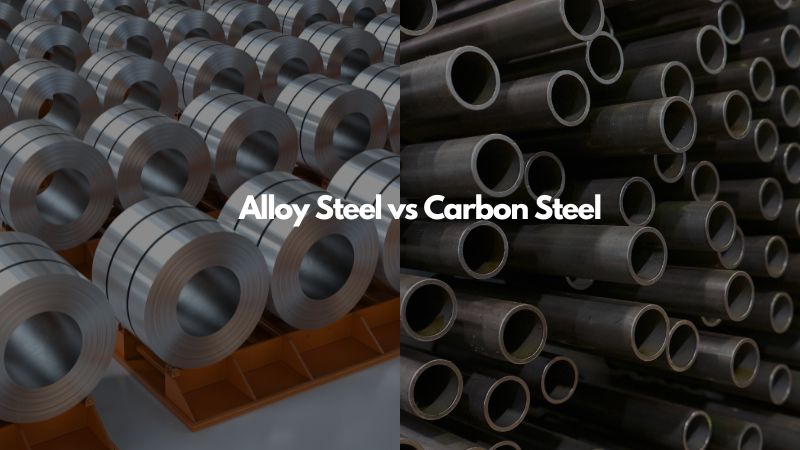
Choosing between alloy steel and carbon steel can be an overwhelming task. The process is even difficult if you can’t tell how these two steels compare.
This guide explores all the similarities and differences between alloy steel and carbon steel.
So, let’s dive right in.
By Definition: Alloy Steel Vs. Carbon Steel
Alloy steel is an engineering material produced by adding carbon to iron alongside other elements to augment steel properties.
Carbon steel encompasses carbon and iron as its primary elements, exhibiting high strength and hardness.
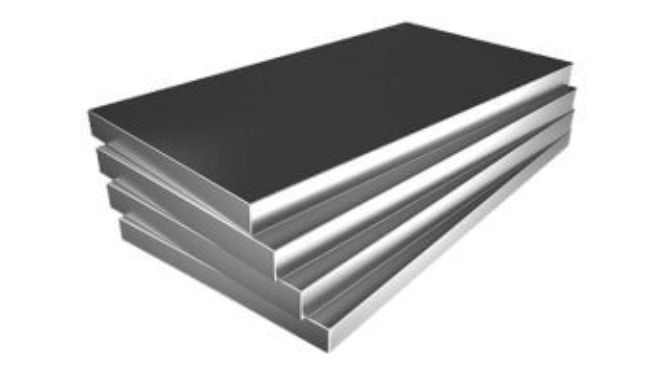
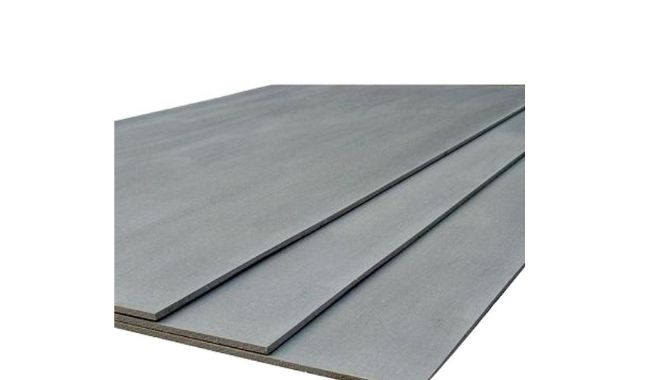
Classification for Alloy Steel And Carbon Steel
Similarities
Classification of both alloy steel and carbon steel is according to the percentage of the alloying elements. You find the following categories available:
Alloy Steel
- Low Alloy Steel: Employs fewer elements in the alloying process usually less than 8%.
- High Alloy Steel: Refers to alloy steel with alloying elements in excess of 8%.
Carbon Steel
- Low Carbon Steel: Has a carbon content ranging between 0.05% to 0.25% making it weldable and relatively machinable.
- Medium Carbon Steel: Carbon content is between 0.29% to 0.54% capable of heat treatment and exhibiting good wear resistance. It is however difficult to perform fabrication processes such as welding, forming and cutting.
- High Carbon Steel: With a carbon content from 55% to 0.95%, this type offers you high strength but little in welding and machining.
Composition of Alloy Steel Vs. Carbon Steel
Similarities
Alloy steel vs carbon steel which is stronger? Both alloy and carbon steel employ iron and carbon in their elemental composition, the latter helping improve strength and hardness.
Differences
Alloy steel employs the following elements in addition to carbon:
Chromium
- Enhances the alloy steel’s resistance to corrosion alongside hardness and strength.
- When combined with cobalt exhibits elevated resistance to wear.
Silicon
- Enhances the yield strength, hardness and magnetic characteristics of alloy steel.
Molybdenum
- Increases alloy steel tensile strength and toughness while thwarting grain growth.
- Its use alongside manganese reduces quench rate.
Nickel
- Improves resistance to corrosion, promotes toughness and exhibits high impact strength.
Vanadium
- Helps regulate grin size during heat treatment while augmenting strength and hardness.
- Essential for alloy steel’s fine grain structure and ductility.
Manganese
- Useful when heat treating alloy steel since it slows the cooling rate
Properties of Alloy Steel Compared to Carbon Steel
Compressive Strength
A material’s compressive strength is its ability to withstand compressive forces before eventual failure. Alloy steel vs carbon steel strength, Both carbon and alloy steel have impressive compressive strengths finding use in construction. Since the carbon content is central to compressive strength, you find carbon steel offering more strength abilities.
Corrosion Resistance
Corrosion refers to materials tendency to deteriorate as a result of interacting with its environment. Alloy steel offers increased resistance to corrosion as opposed to carbon steel. Adding elements such as nickel and chromium helps augment alloy steel’s corrosion resistance qualities.
Ductility
A material’s capacity to deform plastically without fracturing describes its ductility. Materials with high carbon content easily fracture when plastically deformed. Consequently, alloy steel exhibits increased ductility when compared to carbon steel thanks to its low carbon content.
Melting Point
A metal’s melting point is where it exhibits a change in its crystalline structure transitioning from solid to liquid state. While both alloy and carbon steel have considerably high melting points, alloy steel posts higher melting point.
Malleability
Malleability is a material property that describes its responsiveness to being worked without damage. The configuration of alloy steel with several elements makes it less malleable than carbon steel. Carbon presence is a factor in increased carbon steel malleability.
Hardness
Material hardness is its ability to withstand applied force on impact before failing. Carbon steel exhibits increased hardness than alloy steel. The carbon content in carbon steel is the determinant of the high strength property with a direct correlation.
Tensile Strength
The stress load a material can tolerate when stretching before it ultimately breaks refers to its tensile strength. Alloy steel displays higher tensile strength, up to 1800 MPa, than carbon steel (950 MPa). Similarly, high carbon steel demonstrates increased tensile strength than low carbon steel (approx. 450 MPa).
Toughness
A material with high toughness can absorb high amounts of energy during plastic deformation before it fractures. Carbon steel exhibits increased toughness compared to alloy steel due to its high carbon content.
Weldability
A material’s ability to be joined by employing welds refers to its weldability. Carbon steel offers higher weldability than alloy steel which is prone to cracking when welded.
The ferrite content influences weldability while having multiple elements complicates the process, as such low carbon steel is most weldable.
Cost
Alloy steel vs carbon steel price, Alloy steels come at a greater cost than carbon steel. The cost of alloy steel and carbon steel even is dependent on the constituent elements employed.
Alloy steels employing exceptional elements such as vanadium cost much more than those with common substances like silicon. Similarly, high carbon steel costs more than low carbon steel.
Application of Alloy Steels Vs. Carbon Steel
Alloy steel and carbon steel offer various property improvements allowing their use widely in different industries. Major such properties include hardness, corrosion resistance, machinability and strength.
Construction Industry
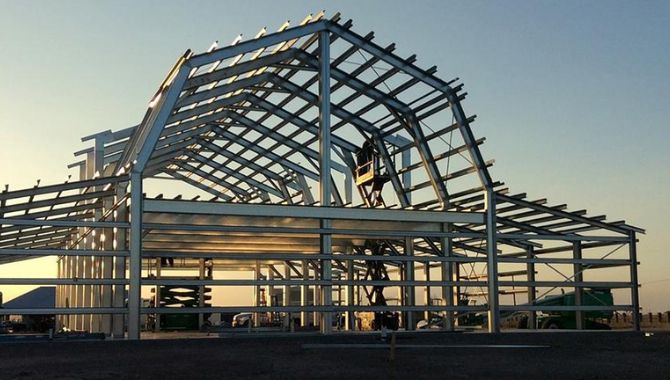
Use of alloy steel in construction and architecture typically exposed to the elements is ideal thanks to its non-corrosive property. Many structural sections and girders for instance employ alloy steel.
Carbon steel also finds use in construction due to its strength and hardness qualities. It finds use in making bridge and building components such as screws and bolts.
Automotive
Alloy steel has considerable toughness and machinability allowing use in making automobile parts such as door panels and beams.
The strength and toughness of carbon steel sees its use in automotive application making components like bushings, brackets and housings.
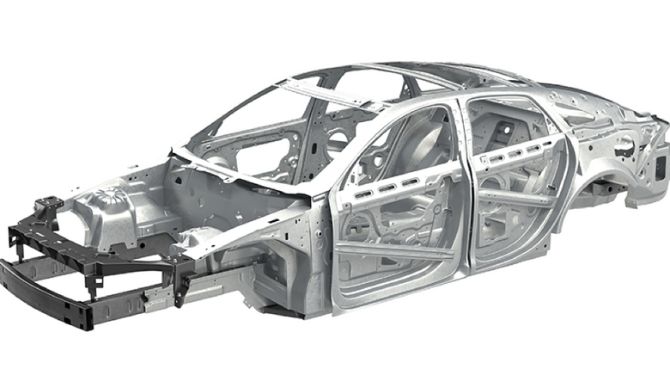
Mining
Alloy steel finds use in mining environments where corrosion is a possible threat and toughness is necessary. Mining tools and equipment employing alloy steel tolerate the corrosive environment and tough application.
Carbon steel is a profound feature in mining equipment due to its versatility. The platforms in oil and gas rigs employ this steel type.
Aerospace
Alloy steel makes aircraft parts like flap components including support carriage, actuators and track. Carbon steel’s hardness allows its use in the landing gear, fasteners and pipe clamps.
Shipbuilding
Carbon steel is dependable as a shipbuilding material finding use thanks to its weldability, strength and durability. Engine parts and different deck areas employ high carbon steel.
Use of alloy steel in shipbuilding is found in underwater sections of the hull and propelling system. The corrosion tolerance of alloy steel is useful in this respect.
Additional Related Applications
Alloy steel vs carbon steel for cooking
Alloy steel vs carbon steel knife
Alloy steel vs carbon steel for baking
Alloy steel vs carbon steel tap and die
Alloy steel vs carbon steel cycle
Alloy steel vs carbon steel pan
Conclusion
As you can see, both alloy steel and carbon steel are good engineering materials.
With the information in this guide, you can certainly decide on whether to choose alloy steel or carbon steel.
Still, if you have any question about your steel fabrication project, we are here to help – contact us now.
Alloy Steel – Source: Science Direct
Carbon Steel – Source: Huaxiao Metal
Sheet Metal Fabrication – Source: KDMFAB




